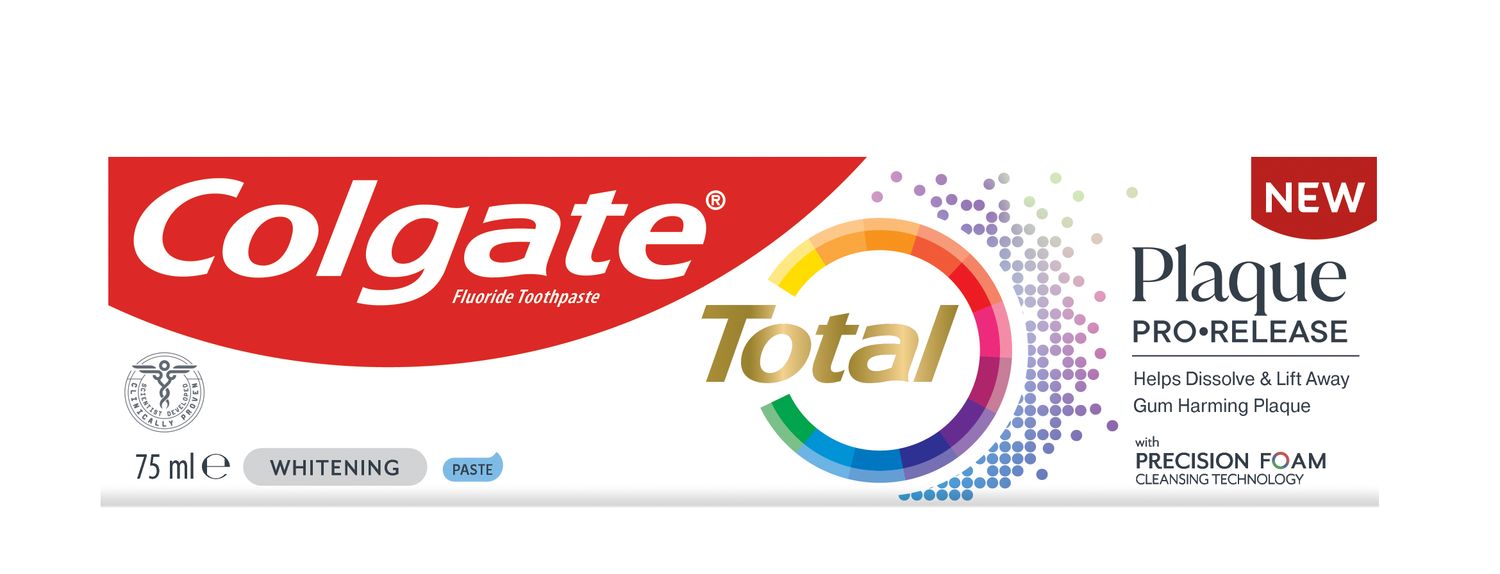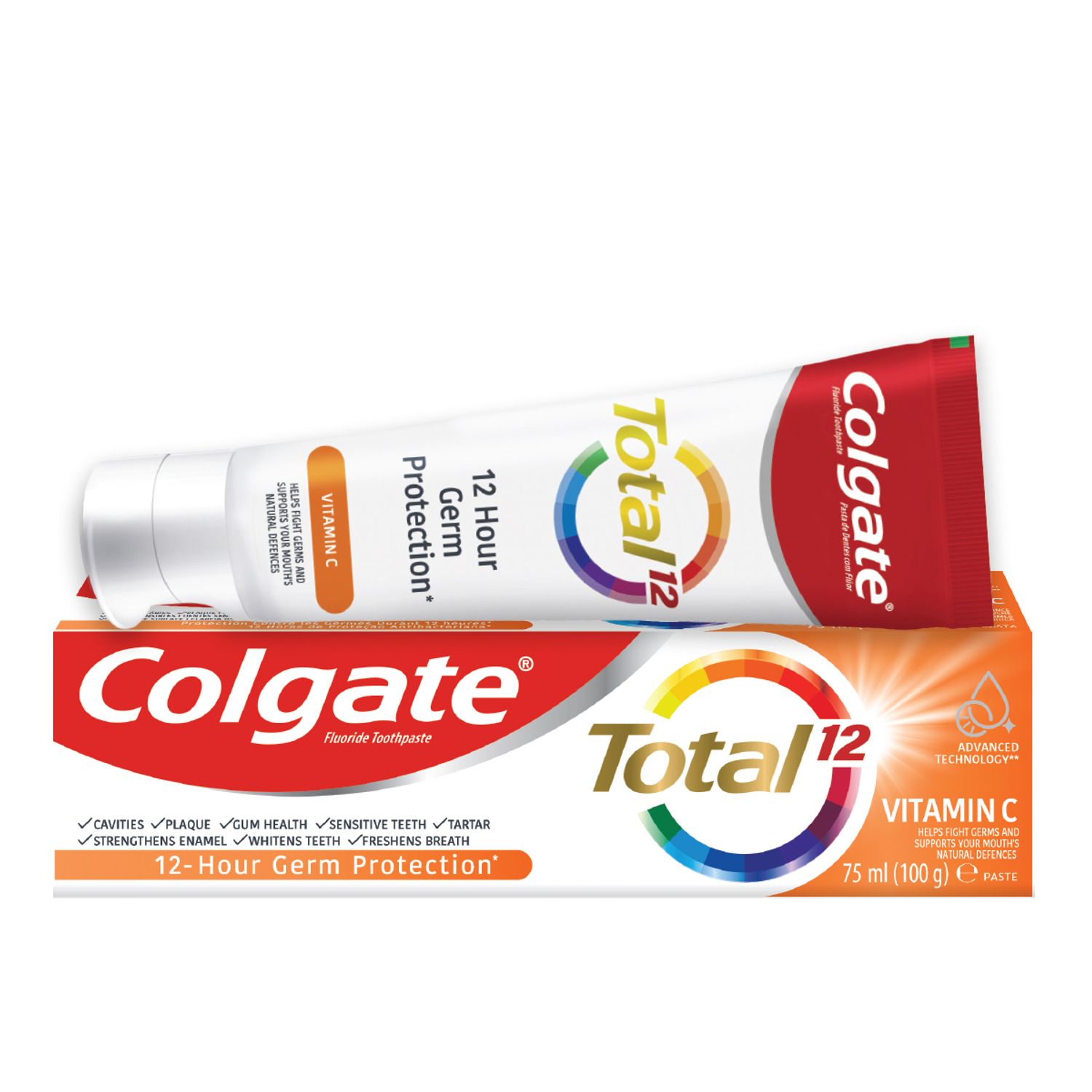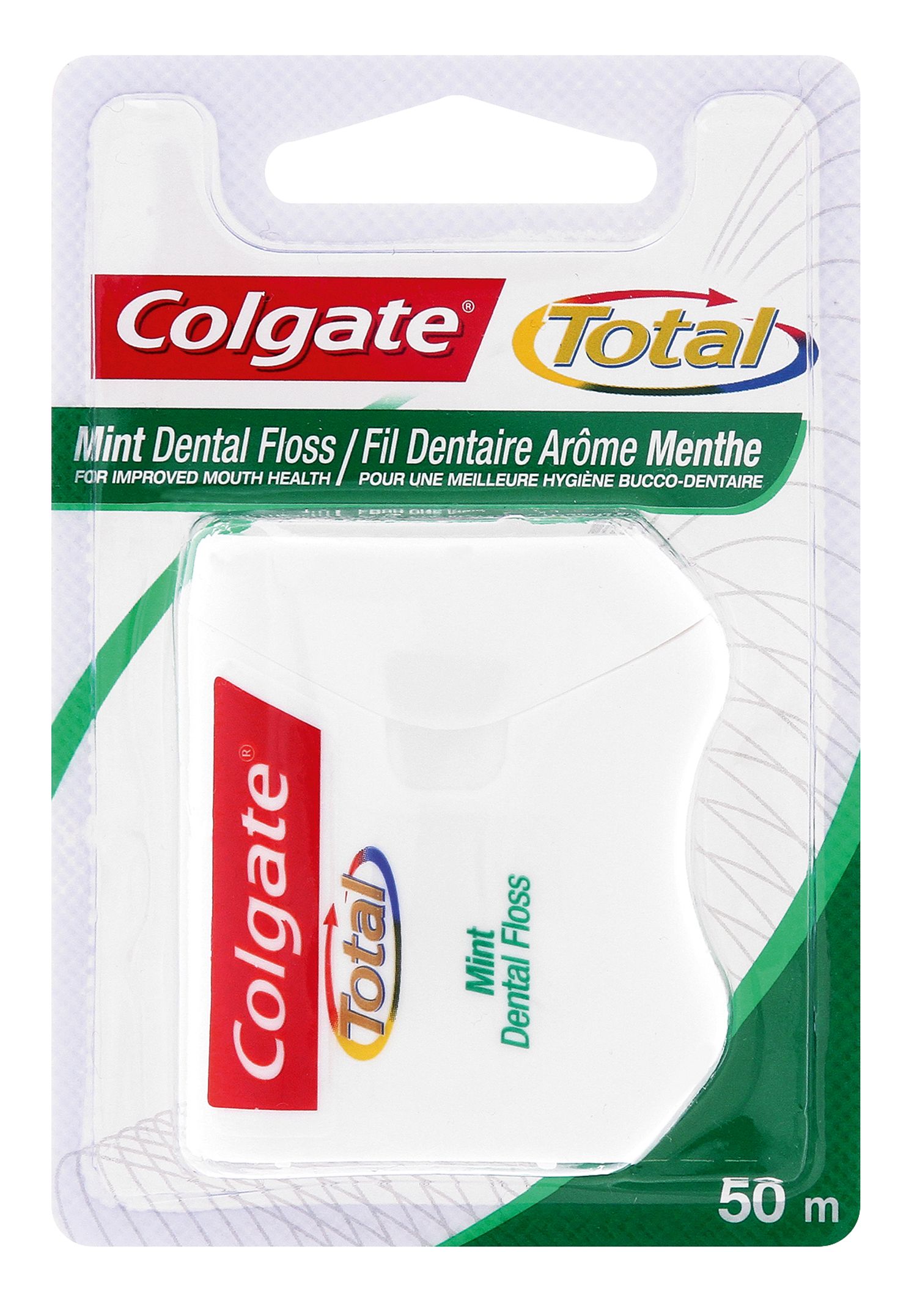-
-

CAVITIES
Can You Heal A Cavity At Home?You feel a sharp pain when you bite down or try to eat. You think it's a cavity, but you're not 100 percent sure...

BAD BREATH
How To Cure Bad BreathMore commonly known as bad breath, halitosis is an embarrassing hygiene issue that nobody wants, but some of us get every now and then...
-
Science & Innovation
- Colgate® | Toothpaste, Toothbrushes & Oral Care Resources
- Oral Health
- Deep Cleaning Your Teeth: When to Do It


Deep teeth cleaning, might sound like a dental procedure that will be needed after that late Saturday afternoon braai just before or after the last soccer game. A procedure your dentist will recommend after a spree of unhealthy eating, lack of brushing and flossing or midnight feasting without proper care and teeth cleaning. If your answer consisted of the removal of plaque and tartar or the prevention of gum and periodontal diseases you are spot on. Deep cleaning of your teeth is performed by your local dental hygienist whom you should visit every six months, this includes the retired community as well, according to the South African Dental Association (SADA).
The Need for Deep Cleaning
The dental hygienist will use their instrument, the probe, to ensure that your teeth and gum tissue stay healthy. The probe is also used to measure the space between the teeth and the gums. If the space is more than 3mm, the space, that is called a pocket, can be the cause of gum and periodontal disease. The Dental hygienist will use the probe to scrape away the plaque and tarter off the enamel and up under the gum, not just along the gum as with regular brushing and cleaning. They also reach up along your roots to smooth the softer cementum on the surface to prevent plaque from forming in uneven or open spaces. Going to visit the dental hygienist twice annually, is a very good routine to adopt, as stated by Netcare.
Deep Cleaning Process
Deep cleaning can be performed on one or two quadrants of the mouth, or the entire mouth can be treated in one visit. It is also known as scaling and root planing and the dentist will do the recommendation of the treatment. The dental hygienist will numb the area to be treated. Scaling is the first procedure and involves removing plaque and tartar from the teeth and from the pocket areas between the teeth and gums and under the gum line, if necessary.
The second half of the process involves the root planing using either electiceor ultrasonic instruments or manual scaling tools. The dental hygienist shape or plane the root of the tooth, to remove places where bacteria can hide. Root planing procedures require a minimum of two visits, and a follow up visit might be necessary to ensure that teeth are healthy and that there is no pocket depth.
Care after Scaling and Root Planing Appointments
Gum disease can be treated and is curable with regular visits to the dentist and dental hygiene, cleaning your teeth regularly. It is a good idea to monitor the status of your teeth, gums and bone. You need to make sure it healed and that the bacteria did not return. Individuals predisposed to having gum disease may need to return for regular periodontal maintenance cleanings while others may be able to return to regular hygiene routine and 6-month dental checkup visits.
Colgate Total Toothpaste, recommended by dentist worldwide, provides antibacterial protection, more plaque and gingivitis reduction than regular fluoride toothpaste, ADA Seal of Acceptance and effective prevention against caries, gingivitis, plaque, caculus build up and malodor. Just for a bit more protection it is also a good idea to use Colgate Total 12 Clean Mint Alcohol Free Mouthwash that also promotes mouth hygiene, healthy teeth and gums and protection against plaque and germs.
In the event that the periodontal disease persist or re-occur, individuals can ask their dentist to be referred to a Periodontist which will be able to recommend the best treatment and the way forward to perfect oral hygiene and health.
Related Products

Helping dental professionals
More professionals across the world trust Colgate. Find resources, products, and information to give your patients a healthier future











